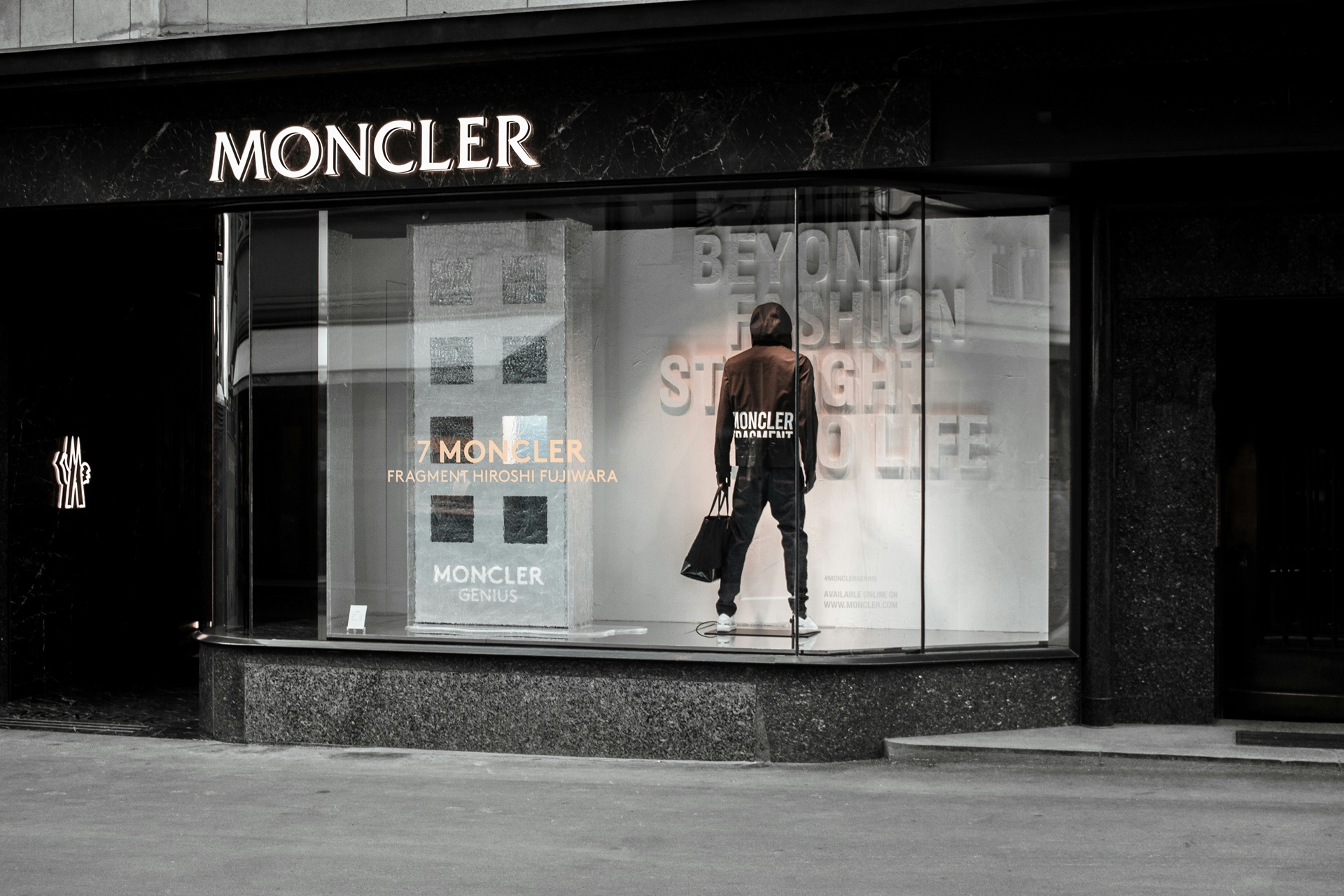
As we look towards the future, Gen Z and Gen Alpha are poised to become the dominant force in the luxury industry by 2030. With their combined purchasing power estimated to account for a third of the market, the stakes are high. To secure your brand’s success, it’s crucial to be at the forefront of these new generations’ minds and to be perceived as relevant, authentic, and truly aspirational.
Embracing the power of new luxury consumers
Gen Z and Gen Alpha are redefining the luxury landscape. Our Gen Z insight tracker – State of Youth Nation – reveals the top luxury brands they are drawn to, including Balenciaga, Burberry, Chanel, Dior, Gucci, LV, and Ralph Lauren. Whilst the majority of this audience will not be spending on the big-ticket items from such luxury powerhouses yet, they will be engaging with entry-level luxury items such as branded beauty products.
As a result, these brands will be front of their mind when their spending power increases.
The key to lasting impressions: perception and desirability
Your target audience knows about your brand, and you are gaining popularity, but what is your image they hold versus intended brand positioning?
State of Youth Nation data shows interesting nuances between the brands. Whilst the majority have ambivalent attitudes to most luxurious brands, Dior and Chanel boast more love than dislike (31% vs 15% and 30% vs 15%), setting them apart.
On the other hand, Gucci and Balenciaga face equal proportions of Gen Z expressing both love and dislike (28% vs 27% and 24% vs 24% respectively).
This is also supported by the data we see in our BrandVue Premium and Aspirational Luxury brands where the love metric has been dropping for these two brands over the last 12 months.
This trend showcases how attuned these audiences are to the narrative surrounding these brands – for Balenciaga it is ‘grievous errors’ around the recent campaigns or controversy around ending Kanye West partnership; for Gucci its mission to work on new image and aesthetic after disappointing performance. It’s easy to fall out of favour with these audiences, which makes it even more important than ever to keep a temperature check on how our future luxury consumers are thinking about us now.
If you want to find out more about our State of Youth Nation or BrandVue Premium and Aspirational Luxury please contact our wealth experts here.





